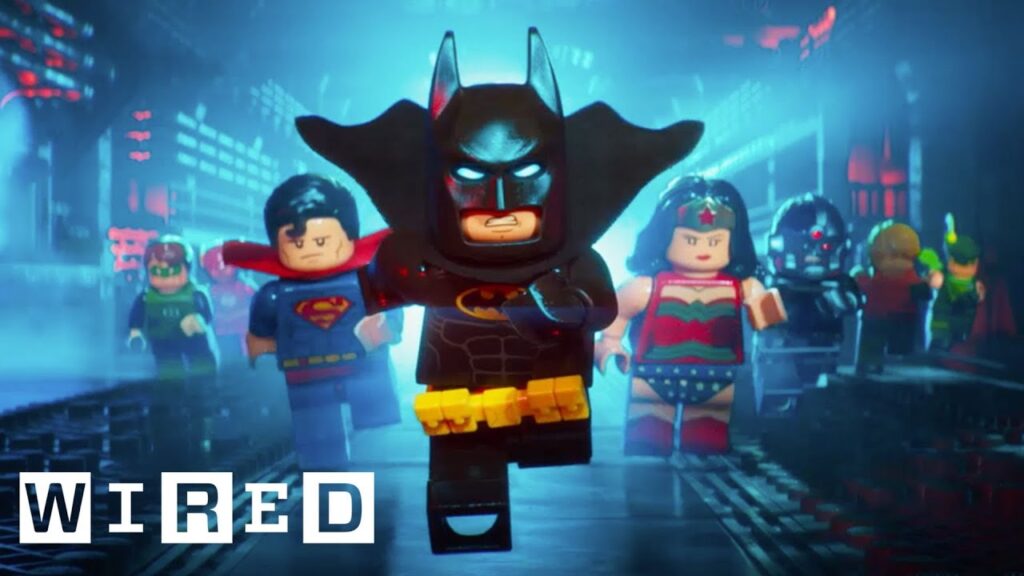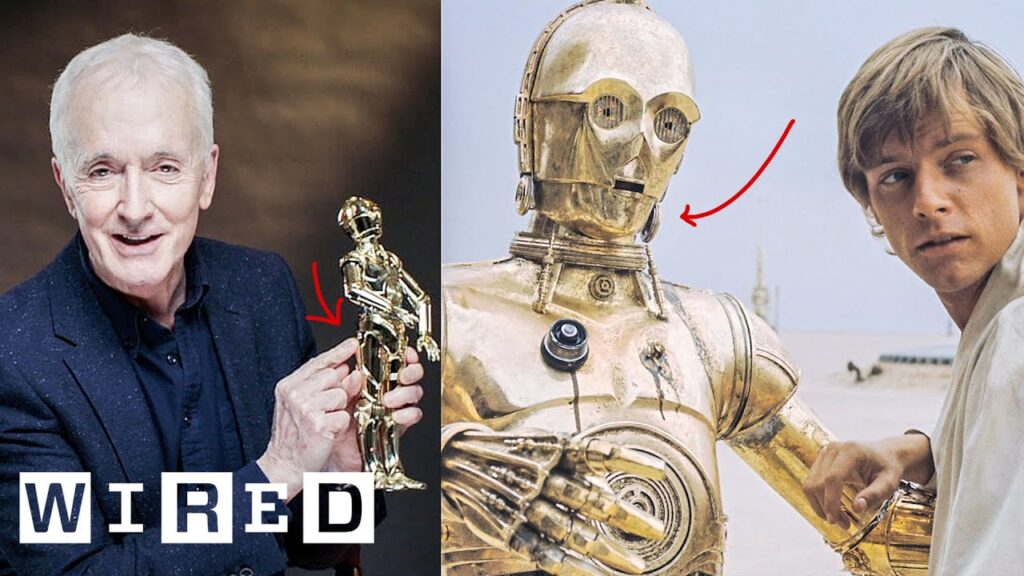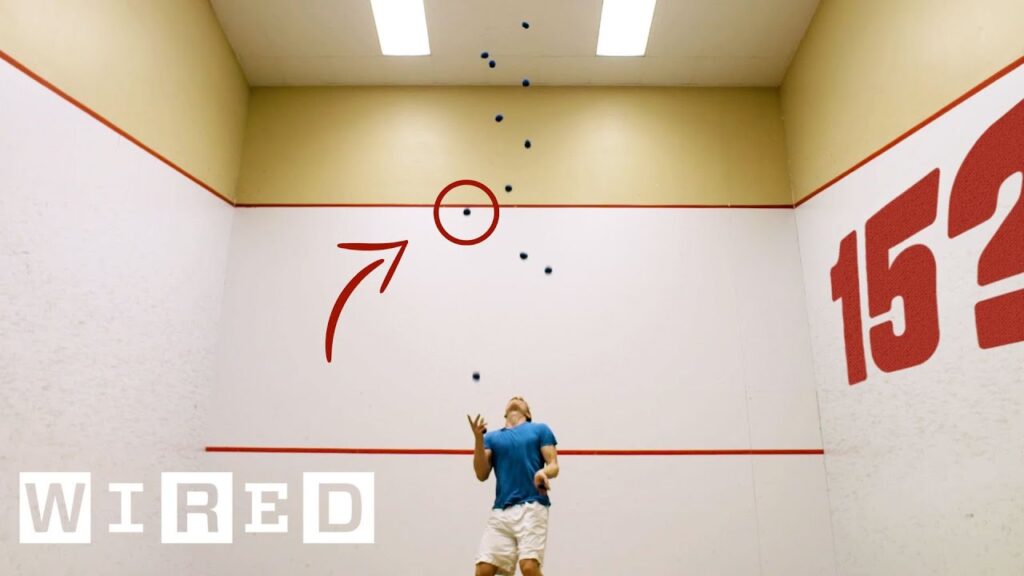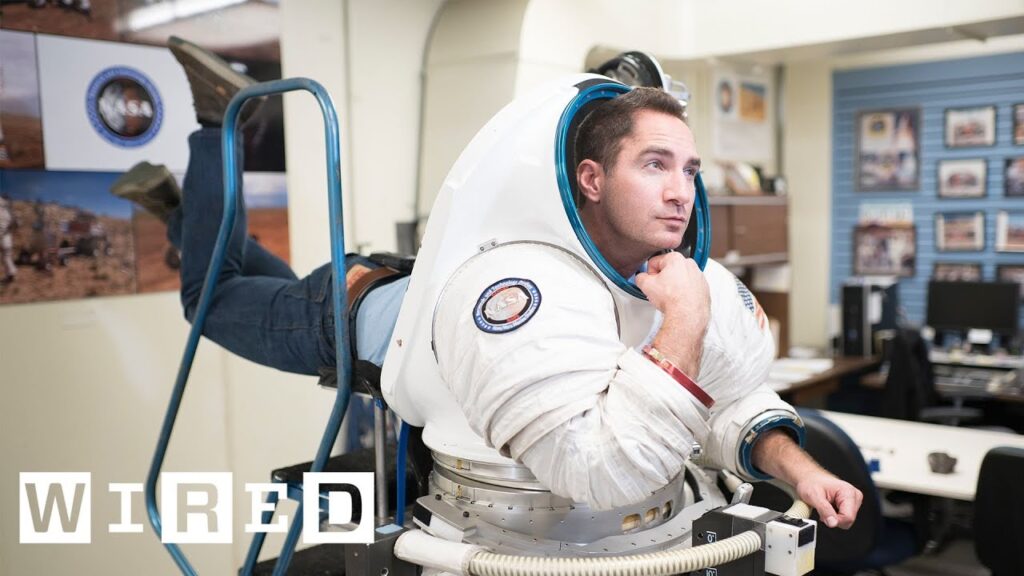The Evolution of Dinosaurs in Film: Creating More Accurate Animations
Summary
FXguide.com’s Mike Seymour discusses the evolution of dinosaur animations in film, starting from the groundbreaking Jurassic Park to the present day. He talks about the advancements in technology, specifically in muscle simulation and skin texture creation, and how this has contributed to more accurate animations of dinosaurs.
Table of Contents:
- Introduction
- Why has the understanding of dinosaurs changed?
- What are some of the advancements in dinosaur animation technology?
- How have these advancements contributed to more accurate animations of dinosaurs?
- What are the challenges of creating accurate animations of dinosaurs?
- What is the future of dinosaur animations in film?
- Conclusion
Introduction:
Since the release of Jurassic Park in 1993, our understanding of dinosaurs has changed dramatically. Animations that were once acceptable are now considered inaccurate. Film studios, therefore, have to take high-precision measurements to ensure a higher level of accuracy. The production of more accurate dinosaur animations has been made possible by significant advancements in technology.
Why has the understanding of dinosaurs changed?
Mike Seymour explains that our understanding of dinosaurs has changed significantly, and some of the reasons for this include new discoveries that have been made in the past twenty years, as well as new scientific findings linking dinosaurs to birds. He explains that almost half of the known dinosaur species were discovered in the last twenty years alone, and this has had a significant impact on the way that we view these prehistoric creatures.
What are some of the advancements in dinosaur animation technology?
One of the significant advancements in technology that has facilitated more accurate dinosaur animations is the development of a muscle simulation system that controls all the muscles in one system. This eliminates the need for individual tweaking per scenario, which was previously undertaken. Another advancement is the development of a procedural scales and physically plausible shading system for the skin and texture of the animal, known as Reptil. This technology allows for complex procedural generation, eliminating the need to apply thousands of scales manually.
How have these advancements contributed to more accurate animations of dinosaurs?
The muscle simulation system has allowed animation studios to control all the muscles in the animation more efficiently, resulting in more accurately animated creatures. The Reptil system has offset the need for manual texturing and scaling, which was a significant challenge previously. These technological advancements have enabled animators to create more accurate representations of the dinosaur’s physical attributes.
What are the challenges of creating accurate animations of dinosaurs?
One of the significant challenges in accurately animating dinosaurs is the lack of complete and coherent information about the animals. As new discoveries are made, the information about the creatures becomes more accurate, but this can also lead to the need for significant changes to what is already known. It is a nuanced field, with many different interpretations of the same information. Achieving the level of accuracy required is a challenging task.
What is the future of dinosaur animations in film?
Advancements in technology have led to more accurate and realistic animations of dinosaurs. Going forward, the film industry can expect further improvements in technology to drive even more accurate and nuanced representation of these prehistoric animals as we continue to learn more about them.
Conclusion:
The production of more accurate dinosaur animations has been the result of significant advancements in technology. This progress has ensured that animations accurately represent dinosaurs’ physical attributes. Although challenges like a lack of complete information remain, the outlook for dinosaur animations in film is fantastic, with ongoing improvements in technology promising to drive even more accurate depictions of these prehistoric creatures in the future.







